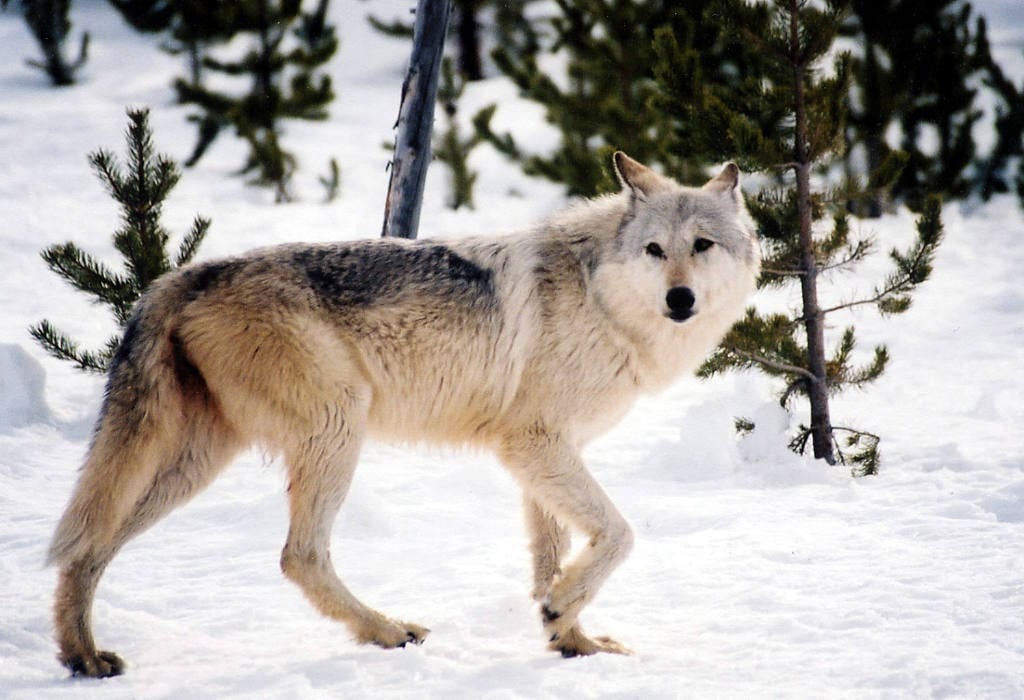Things have been busy in the effort to restore wolves to their historic habitat in the Colorado Rocky Mountains. Over the past few months the state wolf plan was approved, we helped fight off anti-wolf legislation, and the U.S. Fish and Wildlife Service’s 10(j) rule is in the works. If you’ve missed a step or things are just a bit too complicated, hopefully we can catch you up.
- State finalized its plan. Finally. On May 3rd in Glenwood Springs, the Colorado Parks and Wildlife Commissioners unanimously approved Colorado’s plan to bring back wolves. We worked long and hard to ensure this plan is the best restoration plan in the country: more wolves, less killing, better coexistence. And, with your help, we got rid of any reference to a future wolf trophy hunt. But, this plan still falls short in some key ways. Nonlethal conflict avoidance is not required. And there is too much uncertainty and discretion that could lead to wolf killing. So, we will continue to explore every possible way to make this plan better. Colorado should be the gold standard for protecting and restoring wolves.
- Things got a little wild at the Capitol. Late in the state legislative session, a bill was introduced that would have delayed wolf reintroductions for at least six years. Senate Bill 256 was a not-so-subtle attempt to keep wolves from returning home and undermine the will of the Colorado public who voted to restore them. Throughout the legislative process, we managed to make a solid case against the bill, which resulted in several meaningful amendments to improve it. However, the legislation still eventually got through the House and the Senate. Our efforts to analyze and shed light on the problems in the bill helped make the case to Governor Polis to veto the bill, which he did this week.Two other wolf-related bills also passed the legislature and are waiting to be signed into law by the Governor. Senate Bill 255 will create a long-term funding source to compensate livestock owners for animals confirmed to be killed by wolves (compensation is mandated in Proposition 114). And House Bill 1265 will provide a means for Coloradans of all stripes to simultaneously trumpet the state’s wolves and wildness with a beautiful license plate and fund nonlethal conflict prevention and mitigation efforts by ranchers.
- Federal process moves along. Because gray wolves are federally protected under the Endangered Species Act, Colorado needs permission from the U.S. Fish and Wildlife Service to reintroduce wolves. The state has chosen to pursue something called a “10(j) rule,” which would allow Colorado Parks and Wildlife to manage Colorado’s wolves. The draft version of that rule came out earlier this year and we submitted comments asking for it to be significantly strengthened to better protect wolves. The final rule should come out in time for wolves to be reintroduced by the end of the year.

Gray Wolf in snow. Photo by National Park Service.